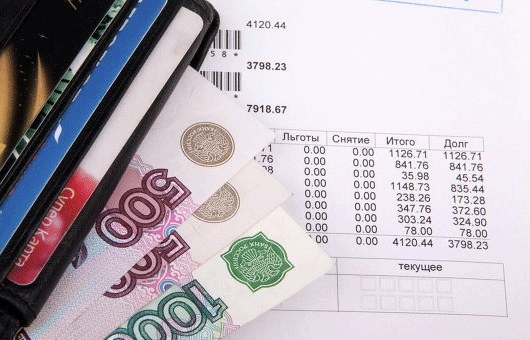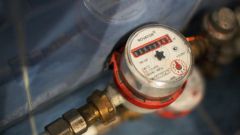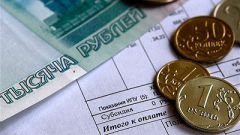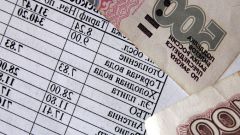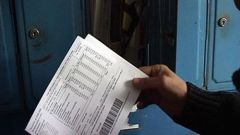Form
All receipts for utilities today are printed on A4 paper, which bears the name of "Payment document for..." followed by a transcript of what the company billed this invoice (for example: "may 2014").
The receipt must contain full information of owner of premises if the house or apartment is privatized or the name of the responsible tenant, if the housing is in the social employment.
To identify the housing is indicated by its full address, including the index and setting data: total area, number of residents, and the proportion attributable to this property of the General house of the property.
The contractor on the receipt is the company that provides services of housing management. To identify the receipt is printed its legal address, account number and a tax ID.
The contents
Receipts, which are the integral clearing center (in most cities is "City") provides the machine readable barcode that allows operators to quickly get all the information on the receipt and upload it from the database in case of any disputes with consumers or service providers.
The bulk of the receipts (in slang called "body account") is formed on the basis of data that the operators settlement centre received from suppliers and consumers. So, the vendor provides data on the number of sent services, and the consumer – is actually received or spent (for example, gigakalorii in the supply of hot water or cubanero – when the supply of cold water).
The body of the invoice consists of two parts and three parts, which are visually separated by bold italic text and thick line of the table. The first block provides information on the amounts actually assessed to the consumer previously paid to them in the form of advance payment. The second information recipient payments. The fact that a number of providers receiving funds from the public directly (Vodokanal, heating systems and Gazprom) and a number of indirectly through the management company.
A Government decree, which established requirements for contents of receipts, requires that billing, so that consumers receive accurate and clear information on payments, but because each item in sections of the receipt contains the exact name of the utility services unit of its measurement, the estimated cost and actual cost. These data allow us to independently calculate and verify all of the charges and also to check the data with the meter readings.
At the end of the tabular part of the receipt indicates the total amount "payable" and actually received the amount that the consumer has already made in the current period.
